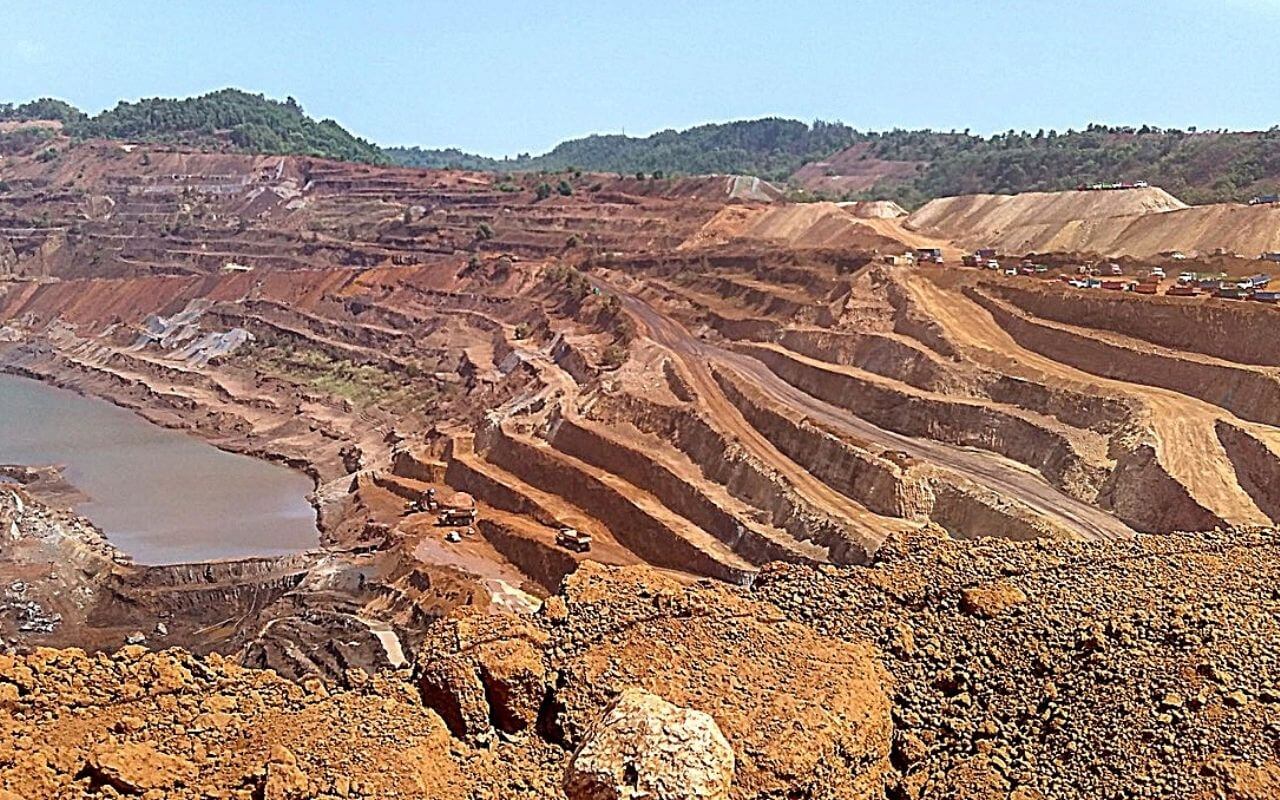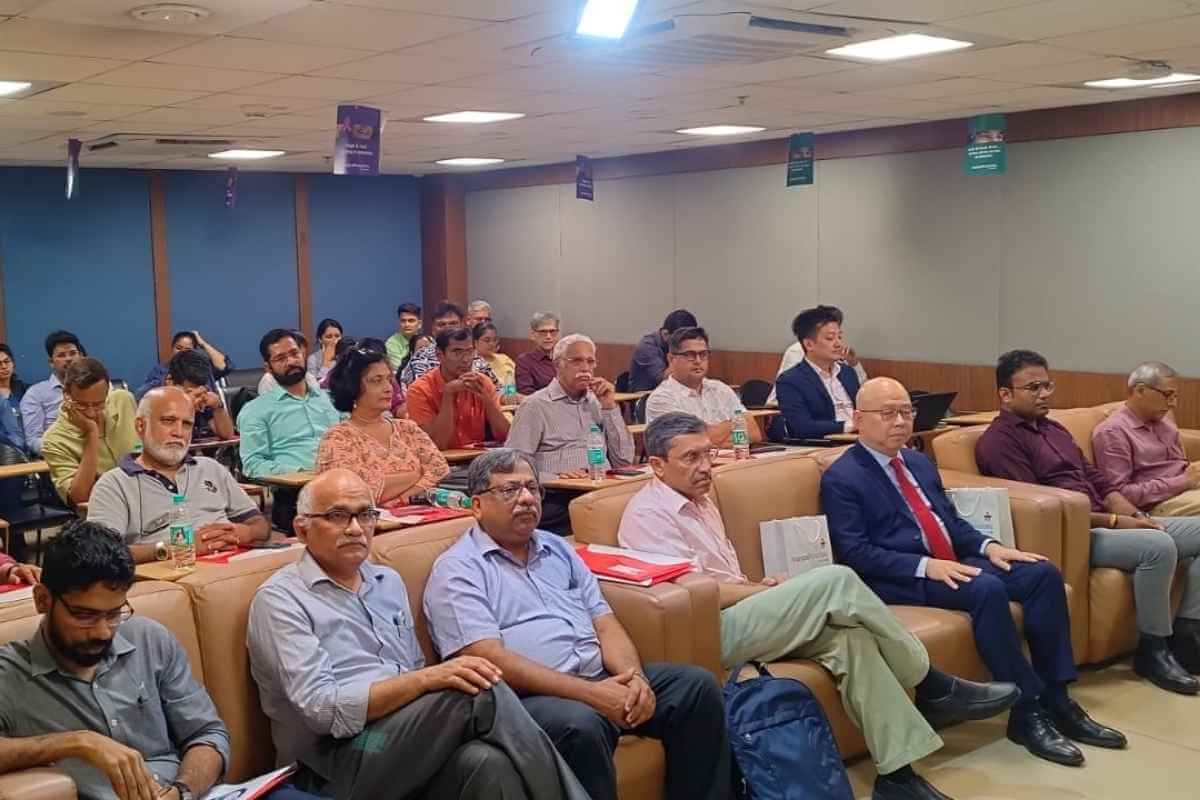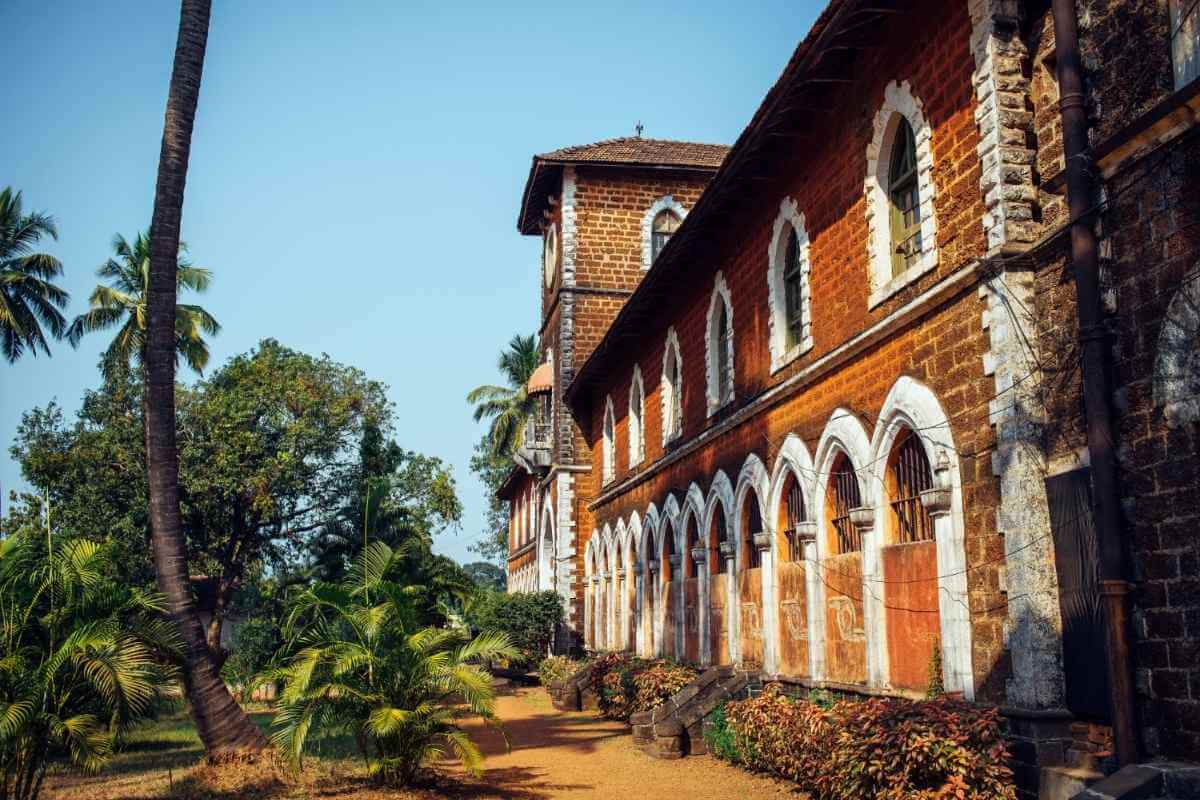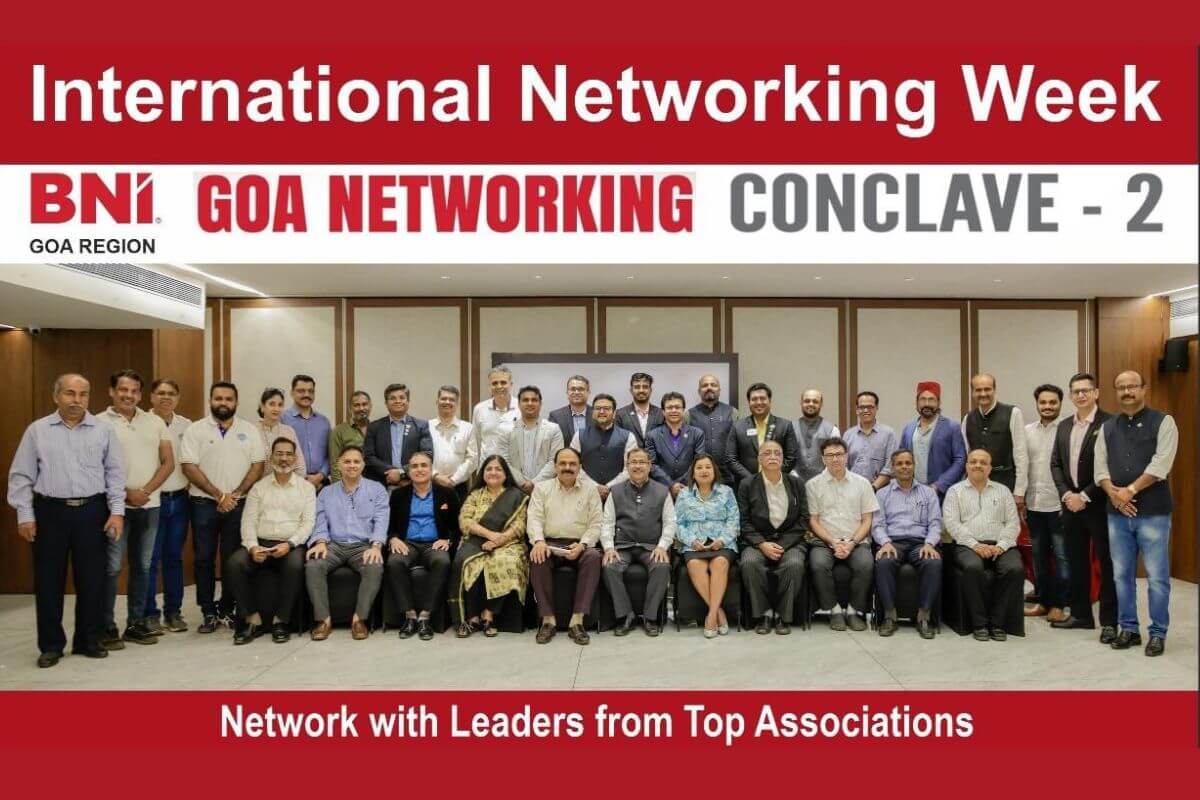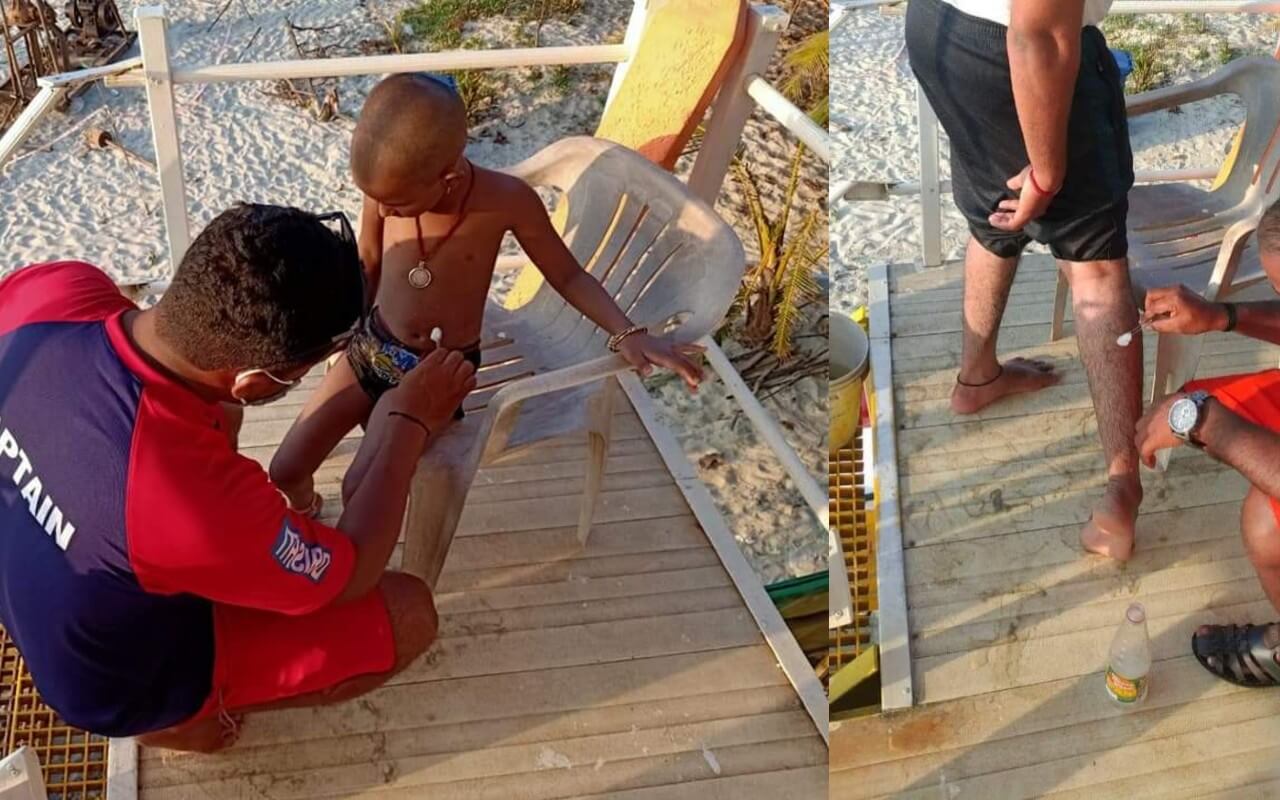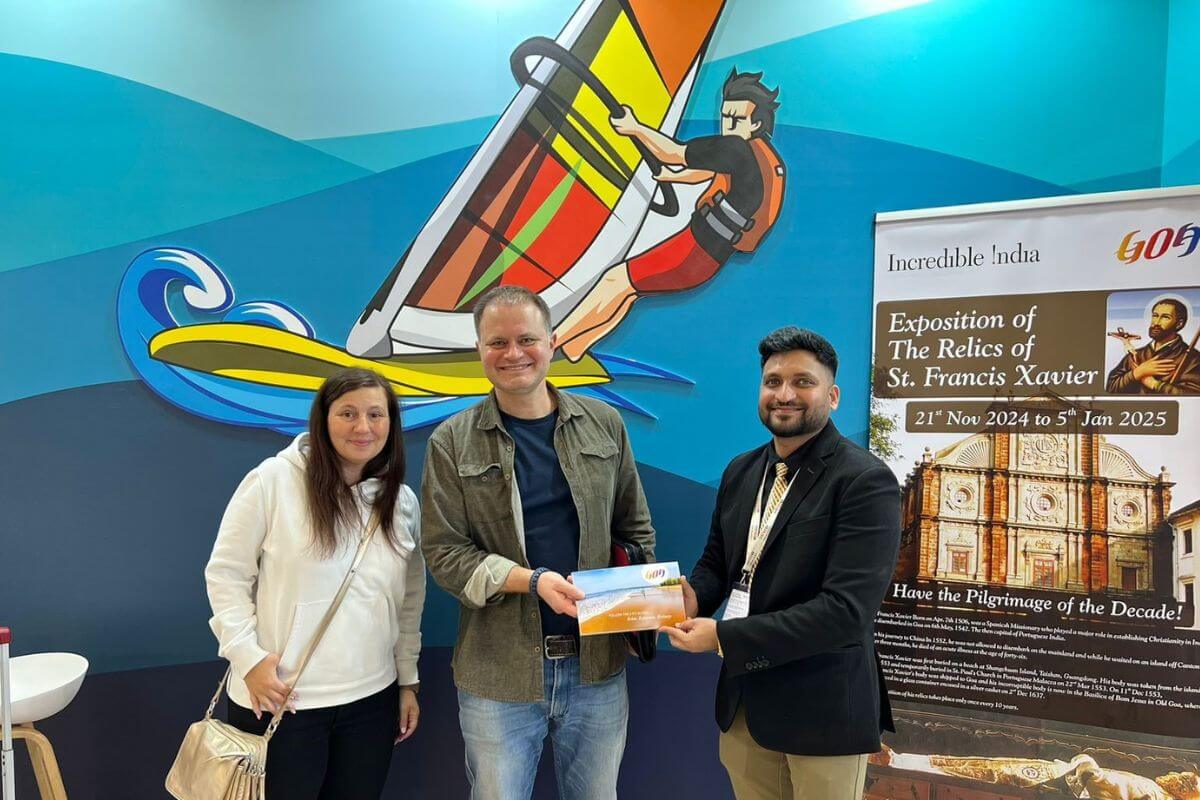In a new update from one of the senior sources with the government, it has been revealed that as per estimation, Goa has only 200 million tonnes of iron ore left in its reserves. This comes as a worrisome issue as so much of the state’s economy has depended on the resource. The longevity of these reserves depends on our pace of exploitation.
At the current rate of exploitation, it is expected to last us merely 20 years more, provided there is “no over-exploitation of the reserves,” the source said. The state is now planning to map new mineral blocks to meet the implications of its critically depleting reserves. Funding for which will be borne partly by the state and the National Mineral Exploration Trust, the source told The Navhind Times.
The mining industry in Goa has been shut for nearly 3 years now. The Supreme Court order on the subject dated February 7 2018 crushed 88 mining leases and ordered the government to issue fresh leases instead of renewing existing ones, while also directing the Goa government to recover about Rs. 350 billion from the miners.
However, there remain close to 118 leases that were not cancelled by the government at the time. Attempts are being made to resuscitate mining through them. But so far, they have not been able to get these mines working; they face some or other issues such as lack of a mining plan, some being situated in eco-sensitive areas and some others not having a valid Environmental Clearance (EC).
The state government intends to resort to the auction method to reopen mining activities in the state. For this, a Memorandum of Understanding (MoU) has been signed with the Mineral Exploration Corporation Limited (MECL) with the objective of identifying new mining blocks.
The Goa Mining Corporation instated by the state government will be responsible for the conduction of these auctions. As per the proposed MoU, the Mumbai-based mining company will identify iron ore reserves followed by the demarcation of blocks. In the absence of any legal litigation or clashes with environmental regulations, these blocks will be led into an auction.
The mining community as well as the community of all its allied industries have a number of suggestions in this regard. One of the stakeholders urged that mapping be done, not only of iron ore but also various other minerals available in Goa.
The NT report on this topic also quoted stakeholders vying for private sector companies to be allowed to enter exploration projects so that they can sell their data to larger mining corporations.
Goan ore was mainly exported to China, Japan, Europe and the Middle East. Mining operations in the state which came to a final standstill in 2018. Since then, many Goans working at barges, owning trucks and so on have had to resort to other means of earning their bread-and-butter in hopes that it will reopen soon.
Now, the decision is stuck on whether it should be commercial mining as desired by the central government, extending the existing mining leases till 2037 or setting up a state mineral corporation or a cooperative mining structure as desired by groups of farming associations.
But after exactly 3 years since the shutdown, some stakeholders of the industry have stressed that they don’t care which path is chosen, they just want their livelihoods to be resumed at the earliest. Representatives supporting this statement are people from the Goa Mining People’s Front, a union for mining dependents, and the state’s main opposition party, the Indian National Congress.
There are also others who opine differently. For instance, the state’s truck association representatives, some activists, and farmer associations are in favour of a state mining corporation, while some farmers and activists have a preference for community/cooperative mining. Either way, they have made it clear that nobody is happy with the current status quo, they are all desperate for hope.
The coronavirus pandemic has exerted significant pressure in favour of these lobbies. Since its booming star, the mining industry went out of the picture, Goa’s economy was carried forwards single-handedly by its tourism and hospitality industry. However, following the pandemic, both sectors constituting over 50% of state GDP are now in suspension.
In an interview with the Press Trust of India (PTI), Goa Mineral Ore Exporters Association (GMOEA) President Ambar Timblo said that the position of the state looks “very precarious” as the COVID situation in the country, including Goa, will become acute in the next two months and post lapse of this period there will be the onset of monsoons in the state, an offseason for the tourism sector.
Therefore, there is steady pressure in favour of reopening the mines as soon as possible. This seems to be the only way to rescue Goan livelihoods and also meet the state’s mounting debt.
At its peak, in 2009-10, it contributed over 17% to Goa’s Gross State Domestic Product and constituted the livelihood of close to 25,000 households.

